Winter ‘s here again, and with the cold weather comes the inevitable beauty disaster you never fail to go through every single year: dry, cracked skin. The harsh winds and dry indoor heat team up to give your such a beating that you can’t tell which is more sensitive and irritated— you or your skin.
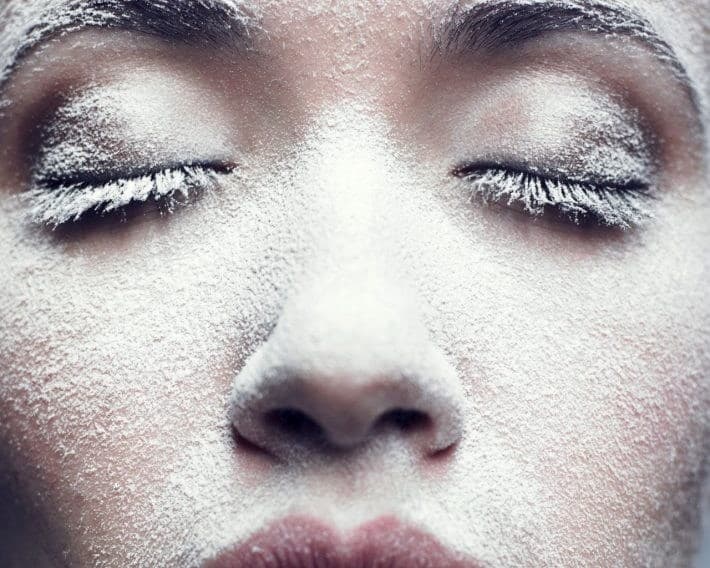
Thankfully, with some extra TLC, you can bring back your skin’s suppleness and enjoy a healthy, radiant glow even during the chilliest of days!
1. Hydration is key.

Water is your best friend. Drinking lots of fluids and eating food with high water content will up your skin’s moisture and keep dryness and flakiness at bay. Stock up on watery fruits and vegetables, such as watermelon, oranges, carrots, tomatoes, cucumber, and celery.
To give your skin a more supple and smooth appearance, enlist the help of flaxseed and fatty fish like salmon, tuna, and mackerel. They’re rich in omega-3 fatty acids which are extremely beneficial for a number of skin conditions, including dryness and flakiness.
If all these options are unavailable to you, the next best alternative is to use supplements like vitamin C, zinc, and omega-3. Not only do they help retain moisture, they also support your body’s production of collagen and elastin.
2. Moisturize as much as you can, as often as you can.

Fact: dry air sucks out moisture. This is why flaking and dryness are more common during the autumn and winter months, when the air is a lot drier. While there’s not much you can do about the weather, you can do something about retaining moisture in your skin.
And the way to keep your skin from appearing dry and dull is through… you guessed it, skin care! Swap your water-based moisturizer to an oil-based one for the colder season. Your night cream is the perfect example of an oil-based moisturizer. The oils in the moisturizer create a protective layer on your skin to keep the moisture in. It’s the perfect winter companion.
Moisturize every few hours or whenever you feel dry. Slather your body with a hydrating lotion, especially areas exposed to the dry air. This will keep your skin looking glowing all throughout the season.
3. Make sure your moisturizer is loaded with ingredients that are great for dry winter skin.
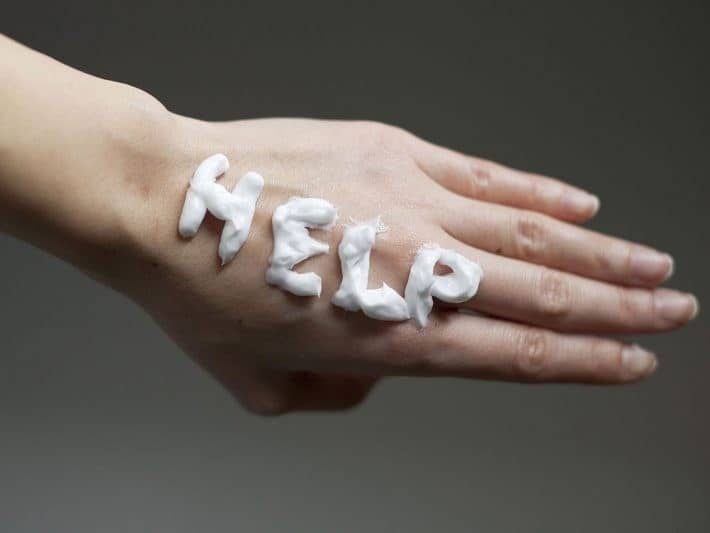
A common mistake people make is confusing oil-based moisturizers for petroleum-based ones. This little mix-up could only make your skin even worse. The solution? Always read the label. Check if the moisturizer you’re picking up is full of nourishing ingredients. You can also go for ones that say ‘hypoallergenic’ and ‘non-comodogenic.’ Keep an eye out for ingredients like:
- Argan Oil
- Jojoba Oil
- Almond Oil
- Avocado Oil
- Lavender
- Chamomile
- Cocoa Butter
- Shea Butter
- Glycerin
- Tocopheryl Acetate (AKA Vitamin E)
4. Wash your face and your body with lukewarm water.

Though immersing your freezing body in a hot bath feels great for your aching muscles, it does a lot of harm for your skin. You’re basically stripping it of essential and healthy natural oils that keep your skin moist. It can also break down the lipid barriers in the skin.
Boston dermatologist and co-director of SkinCare Physicians Dr. Jeffrey Dover says that scalding the skin with hot water can cause irritation and dilated vessels. Using lukewarm to warm water is more advisable. If you’re suffering from skin so dry that it’s itchy, try adding oatmeal or baking soda to your lukewarm bath, and moisturize immediately after.
5. Moisturize overnight.
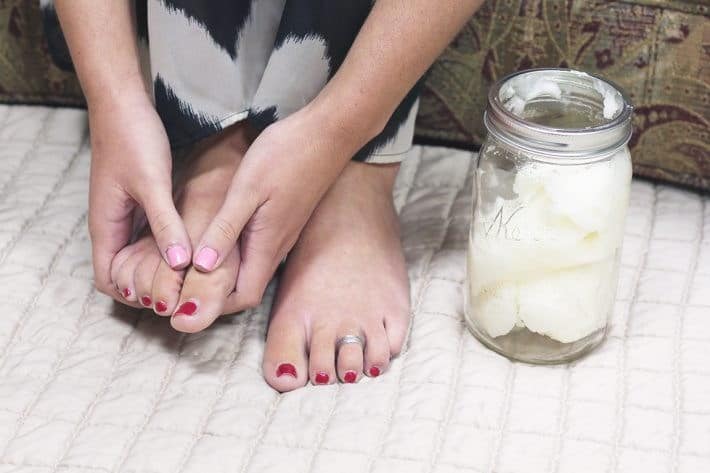
Areas with thin skin like your hands, feet, elbows, and knees tend to lose moisture a lot quicker than the rest of your body. Immediately after your bath, slather on a rich, hydrating balm. Applying a thick, heavy cream at night creates better moisture-absorbing conditions as the the moisturizer will create a protective barrier that locks in the water into your skin. Add another layer for those areas with thin skin then wear cotton gloves and socks to keep the moisture in. Your hands and feet will thank you in the morning.
6. Exfoliate.

Dead skin cells accumulate when skin is dry and flaky, preventing lotions and moisturizers from seeping into the skin. Using mild exfoliators once or twice a week prevents these dead skin from building up. While peels, astringents, and alcohol-based toners remove old skin cells faster, we don’t recommend them as intense exfoliation during the winter season may be too harsh on the skin. Instead, go for hydrating scrubs that gently remove dead skin without jeopardizing moisture.
7. Wear adequate and appropriate clothing.
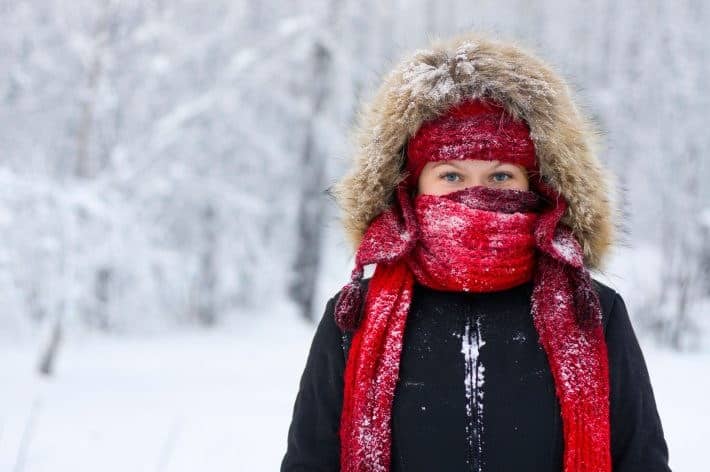
The best way to protect yourself against the blistering cold is to have a barrier between your skin and the air. SUNY Downstate Medical Center’s assistant clinical professor Jessica Krant says that clothing is the first layer of protection against the dry air. “Any bare skin — cheeks, ankles, hands — will dry out much faster, so decrease skin exposure when you’re outside by wearing gloves, long socks and earmuffs.”
But before you start piling on those winter clothes, check the material they’re made of. In a season where you are much more prone to itchy skin, cotton is your best friend. On the other hand, wool is your greatest enemy as it has coarse fibers that prick at irritated skin, making your already-dry skin even itchier. Other types of fabrics to avoid are synthetic ones like nylon, polyester and rayon. If you really want to wear that pretty wool sweater you got for Christmas, use another layer of clothing underneath that won’t expose you to its fibers.
8. Continue using sunscreen.

Sunscreen isn’t just for the summer. Ultraviolet rays of the sun continue to damage your skin even though solar radiation is less intense during the winter. So, yes, it’s still possible to get a sunburn even when it’s freezing. These damaging UV rays are even more concentrated at high altitudes. Not only that, snow reflects and intensifies these rays. Apply a broad spectrum sunscreen that has an SPF of at least 30 for everyday use. Go higher with the SPF if you’re going hiking, skiing, or snowboarding to prevent any sun damage. Apply them at least 30 minutes before you go out. Remember to slather on the sunscreen again and again while you’re out.
9. Keep humidifiers around your home.
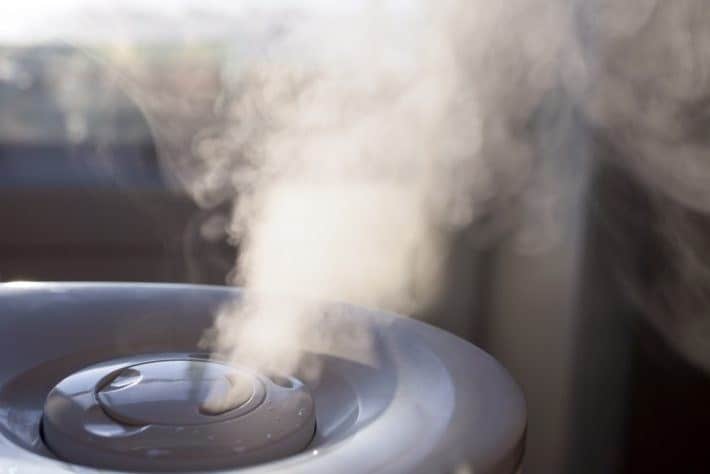
There’s nothing like coming home to a warm, cozy home after a day of cold winds, rain, and snow. The problem is your central heating system may be drying out the air inside your home. Keep moisture from escaping by using humidifiers. Bedrooms should have at least two of these since moisture tends to escape our skin during sleep more than it does in the daytime. For a much cheaper option, try filling a pot or crockpot with water and having it simmer with the lid off. Keeping plants is also a good way to make sure the air in your home is properly humidified.

